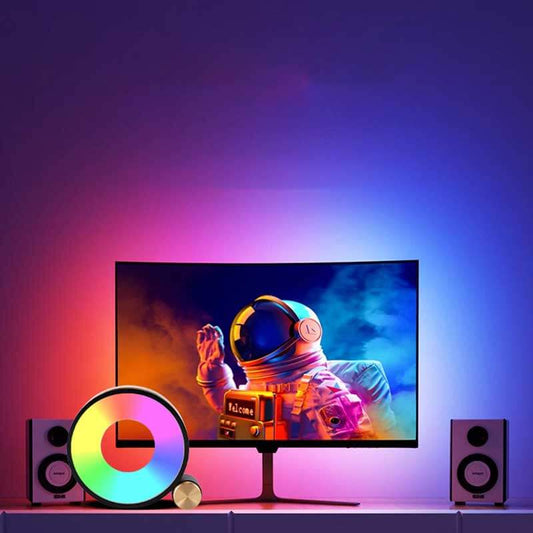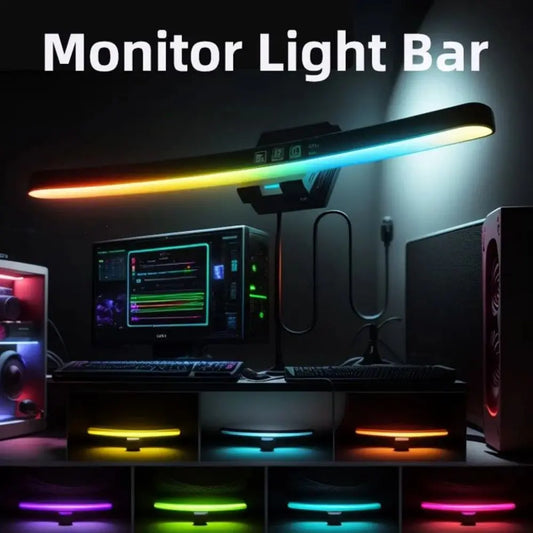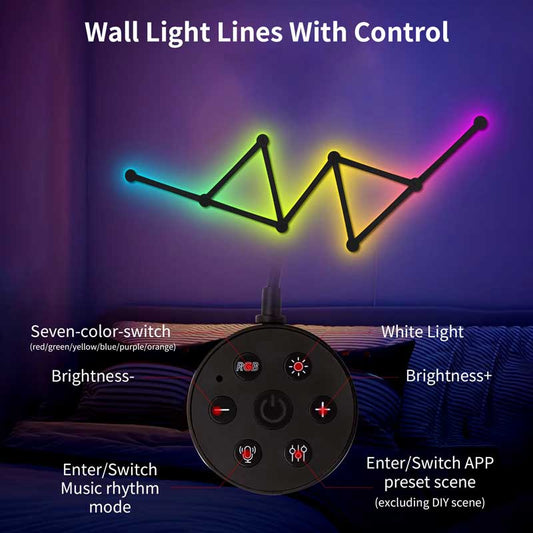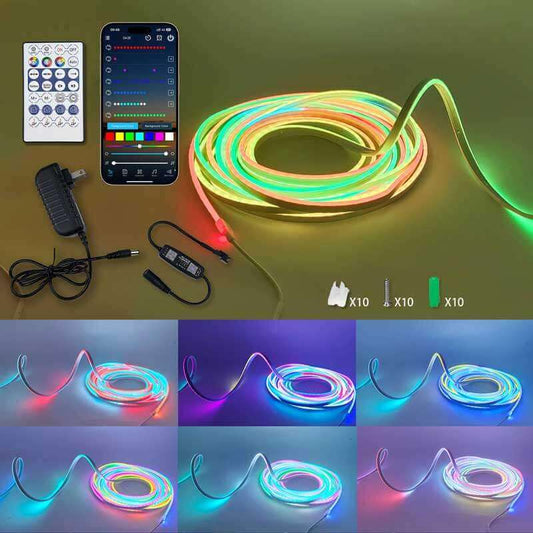How Do Wireless Game Controllers Work?
Share
Wireless game controllers are a staple in modern gaming, providing the freedom to move around without the hassle of tangled wires. These controllers are equipped with wireless technology that allows them to communicate with gaming consoles, PCs, or other devices. Here’s a breakdown of how these controllers work and the technology behind them:
1. Wireless Technology
Wireless controllers typically use one of two main types of wireless communication technology: Bluetooth or RF (Radio Frequency). Both technologies serve the same basic purpose—transmitting signals from the controller to the device it’s connected to—but they work a little differently.
-
Bluetooth Controllers: Many wireless game controllers use Bluetooth, which is a widely used short-range communication technology. Bluetooth allows devices to communicate with each other wirelessly within a certain range (usually up to 30 feet). It’s common for modern consoles and PCs to support Bluetooth controllers, which makes pairing and connectivity relatively simple.
-
RF Controllers: RF controllers use a wireless USB receiver or a proprietary RF transmitter built into the controller and the device. The controller transmits signals via RF to the receiver, which is plugged into the console or PC. This system is typically used for controllers designed for specific gaming consoles (like Xbox controllers).
2. Input Signal Transmission
Wireless controllers work by sending input signals (button presses, joystick movements, etc.) to the device wirelessly. Here’s how the process works:
-
Button Presses: When you press a button or move the joystick on the controller, a signal is generated. This signal is then transmitted wirelessly to the device you’re gaming on, whether it’s a console, PC, or smartphone.
-
Signal Encoding and Decoding: The controller uses encoding to turn your input into a signal that can be transmitted. The device receiving the signal decodes it and translates it into the appropriate in-game action. This encoding and decoding process happens almost instantaneously, so you don’t experience noticeable delays in your actions.
-
Low Latency: For smooth gameplay, wireless controllers are designed to minimize input lag (the delay between pressing a button and seeing the action on screen). This is achieved through highly efficient signal transmission and low-latency wireless protocols.
3. Power Supply and Battery
Wireless controllers rely on rechargeable batteries or disposable batteries to power the internal components, including the wireless transmitter and receiver, vibration motors, and sensors.
-
Rechargeable Batteries: Many modern controllers, like the PlayStation DualSense or Xbox Series X controller, come with built-in rechargeable batteries. These batteries are charged via a USB cable or through a charging dock.
-
Disposable Batteries: Some controllers, such as older Xbox controllers or third-party models, may still use AA or AAA batteries. While this offers flexibility in terms of battery replacement, it can be less convenient than rechargeable options.
-
Battery Life: Wireless controllers are designed to conserve power. Many controllers feature auto-sleep modes that kick in after a period of inactivity to preserve battery life. However, if you're playing games for extended periods, you may need to recharge or replace the batteries.
4. Range and Interference
Wireless controllers typically have a range of about 20 to 30 feet, depending on the technology used (Bluetooth or RF) and environmental factors.
-
Bluetooth Range: Bluetooth controllers have a range of around 30 feet (9 meters), but the range can be affected by obstacles like walls or interference from other wireless devices (e.g., Wi-Fi routers, microwaves, or other Bluetooth devices).
-
RF Range: RF controllers often have a longer range, sometimes up to 60 feet (18 meters), depending on the receiver’s power and signal strength. However, this can also be impacted by interference from other devices.
5. Pairing the Controller
To use a wireless controller, it needs to be paired with the device it’s connecting to. Pairing is a simple process, but the method varies depending on whether the controller uses Bluetooth or RF.
-
Bluetooth Pairing: To pair a Bluetooth controller, you typically need to go into the device’s Bluetooth settings, search for the controller, and select it to pair. For consoles like the PS5 or Xbox Series X, the process is often as easy as pressing a pairing button on both the controller and the console.
-
RF Pairing: For RF controllers, pairing usually involves plugging the receiver into the device and pressing a sync button on the controller to establish a connection. The device and controller will then communicate through the RF signal.
6. Feedback and Features
Wireless controllers, like their wired counterparts, often include advanced features like vibration feedback and motion sensing to enhance the gaming experience. These features are powered by the controller’s internal components, which are also wirelessly connected to the device.
-
Vibration Feedback: Controllers like the DualSense (PS5) and Xbox Series X controllers feature haptic feedback, which provides dynamic vibrations that change based on in-game events (e.g., firing a weapon or feeling the rumble of an engine).
-
Motion Sensing: Some controllers also come with motion sensors, such as the PlayStation Move controllers or the Nintendo Joy-Cons. These allow players to interact with the game through physical movement, providing a more immersive experience.
Conclusion
Wireless game controllers have come a long way in terms of technology and convenience. Whether you’re playing on a console, PC, or mobile device, these controllers offer a seamless, cable-free experience, allowing you to move around freely while enjoying your games. They operate using Bluetooth or RF technology, transmitting signals from the controller to the gaming device with minimal latency and interference. Plus, with rechargeable batteries, vibration feedback, and motion sensing features, wireless controllers continue to provide a high-quality gaming experience.
If you’re looking for a high-quality wireless gaming controller, check out the Youwei Trade Gaming Controllers Collection to find the best options for your setup!




